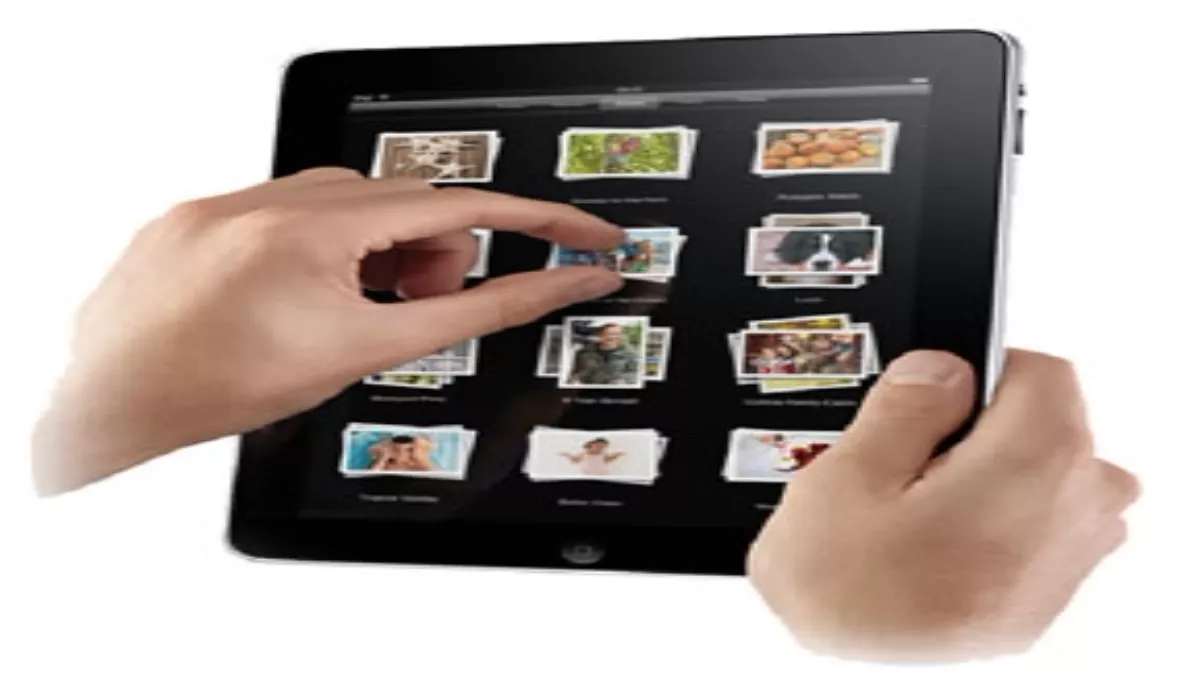
What are the first steps a budding app developer should take? The best place to start is to download the iPhone SDK for free from Apple, which will get you access to the development environment, tools, documentation and sample code. The iPhone SDK will enable you to develop for iPhone, iPod Touch and iPad in the Simulator running on your desktop computer.In order to deploy applications onto your device, for testing, you’ll need to join the iPhone Developer Program, which costs approximately $138 per annum, but you can have a good play around in the Simulator before biting that bullet.What kind of knowledge do I need? Make sure you have an intimate understanding of the platform. Buy lots of apps and make the device an integral part of your life. The more you understand about the environment and how other applications work, the more you’ll be able to emulate successes and avoid failures.Do I need to be a programmer? iPad development uses a programming language called Objective C. Objective C is a derivative of C, which makes it not as friendly as the more popular languages of the day, so you’ll need to worry about crashes and memory leaks. If you’re not comfortable with Objective C, C or memory management, then I’d suggest either some Googling or picking up a book on Objective C to help get you started.What makes a successful iPad app?It needs to add something to the iPad. Every application creates a new capability or activity that the user can enjoy on their device. In the case of North & South the iPad app adds the capability of enjoying the North & South content on the iPad. But it’s not just the magazine content; it also adds to the experience with videos, clickable links and additional photos.Does iPad development differ from iPhone development?iPad development is technically very similar to iPhone development. The different screen size creates opportunities for doing things differently, and you have to take advantage of that to create a successful iPad application. For example, on the iPad display you can fit more information on one screen, if appropriate, or have navigation permanently visible – such as in the built-in Settings app. The larger screen also introduces additional challenges for memory usage as the screen is substantially bigger, yet the iPad has the same total memory as the iPhone 3GS.Is it easy to port an app from one platform to another?It’s quite easy, on the face of it, as the programming is mostly the same. Where the major differences are is in the User Interface. iPad introduces some new UI paradigms, such as popovers, that you should be taking advantage of. What’s easier to develop for – iPad or iPhone?The iPhone is easier to develop for as there’s less on the screen, so there’s less that applications do. On the iPad, because of the larger size, applications are often expected to do more.Can you charge more for an iPad app?Because of the easy development cross-over from iPhone to iPad development I expect that most developers will be charging the same for development, with the caveat that iPad development might take longer due to the larger graphics and possibly broader functionality.